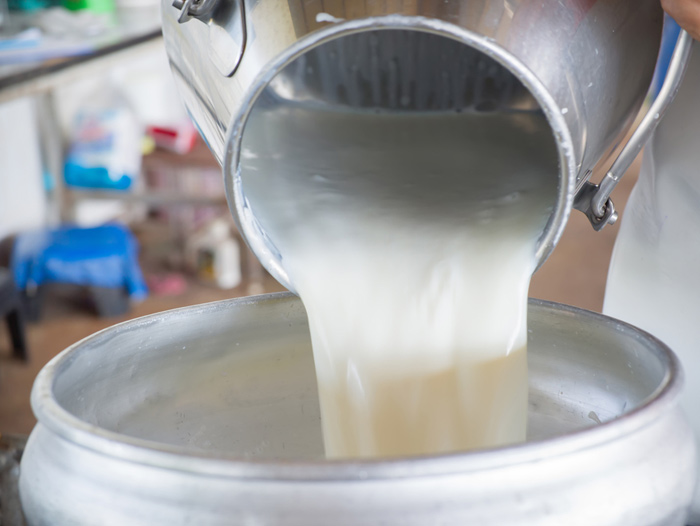Consumer Food Safety Practices: Raw Milk Consumption
February 5, 2019 | 1 min to read

In this report on the at-home, food-safety practices of the U.S. population, researchers investigate the application of two Food and Drug Administration-recommended food-safety practices by taking a closer look at the estimated 14 percent of at-home meal preparers who use meat thermometers when preparing meat and the 2 percent who use nonpasteurized raw milk in a typical week.
What Is the Issue?
Consumers make choices that influence food safety risks, and providing them with recommendations on specific practices that reduce these risks could complement or substitute for additional Federal regulations and be a cost-effective tool for reducing the incidence of foodborne illness, provided consumers follow the advice. To better understand current food safety behaviors of consumers, this report examines the food safety practices of at-home meal preparers in the United States by investigating two recommendations of Government health and safety officials, as well as the broader food safety community: avoiding the consumption of raw (unpasteurized) milk and cooking meat to a verified recommended temperature using a food thermometer.
To read the rest of the story, please go to: USDA ERS
